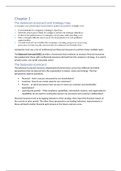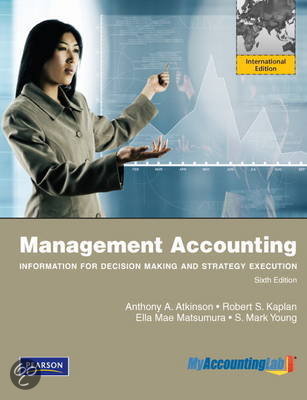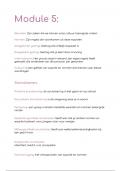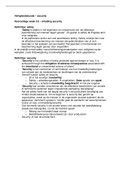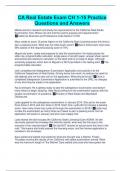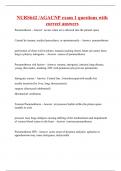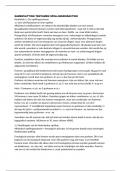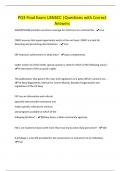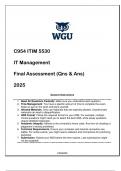Summary
Summary Management Accounting Atkinson & Kaplan Book (chapters 2-11)
- Course
- Institution
- Book
sxtensive Summary of chapters 2-11 of the book Management Accounting from A.A. Atkinson, R.S. Kaplan, E.M. Matsumura and S.M. Young. This book is used for the course Management Accounting in the Master program Accountancy & Control at the UvA.
[Show more]
